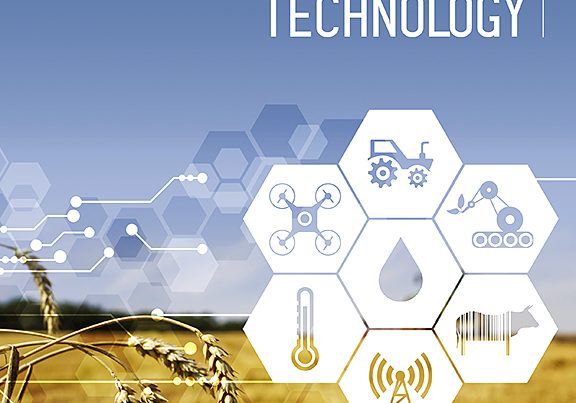Document type : Article published in Animal
Authors: M.Odintsov Vaintrub, H.Levit, M.Chincarini, I.Fusaro, M.Giammarco, G.Vignola
Preview: Precision livestock farming (PLF) technologies are becoming increasingly common in modern agriculture. They are frequently integrated with other new technologies in order to improve human-livestock interactions, productivity and economical sustainability of modern farms. New systems are constantly being developed for concentrated farming operations as well as for extensive and pasture-based farming systems. The development of technologies for grazing animals is of particular interest for the Mediterranean extensive sheep farming sector. Dairy sheep farming is a typical production system of the area linked to its historical and cultural traditions. The area provides roughly 40% of the world sheep milk, having 27% of the milk-producing ewes. Developed countries of the area (France, Italy, Greece and Spain - FIGS) have highly specialized production systems improved through animal selection, feeding techniques and intensification of production. However, extensive systems are still practiced alongside intensive ones due to their lower input costs and better resilience to market fluctuations. In the current article, we evaluate possible PLF systems and their suitability to be incorporated in extensive dairy sheep farming as practiced in the FIGS countries. Available products include: electronic identification systems (now mandatory in the EU) such as ear tags, ruminal boluses and sub-cutaneous radio-frequency identification; on-animal sensors such as accelerometers, global positioning systems and social activity loggers; and stationary management systems such as walk-over-weights, automatic drafter (AD), virtual fencing and milking parlour-related technologies. The systems were considered according to their suitability for the management and business model common in dairy sheep farming. However, adoption of new technologies does not take place immediately in small and medium scale extensive farming. As sheep farmers usually belong to more conservative technology consumers, characterized by an average age of 60 and a very transparent community, the dynamics do not favour financial risk taking involved with new technologies. Financial barriers linked to production volumes and resource management of extensive farming are also a barrier for innovation. However, future prospectives could increase the importance of technology and promote its wider adoption. Trends such as global sheep milk economics, global warming, awareness to animal welfare, antibiotics resistance and European agricultural policies could influence the farming practices and stimulate wider adoption of PLF systems in the near future.





